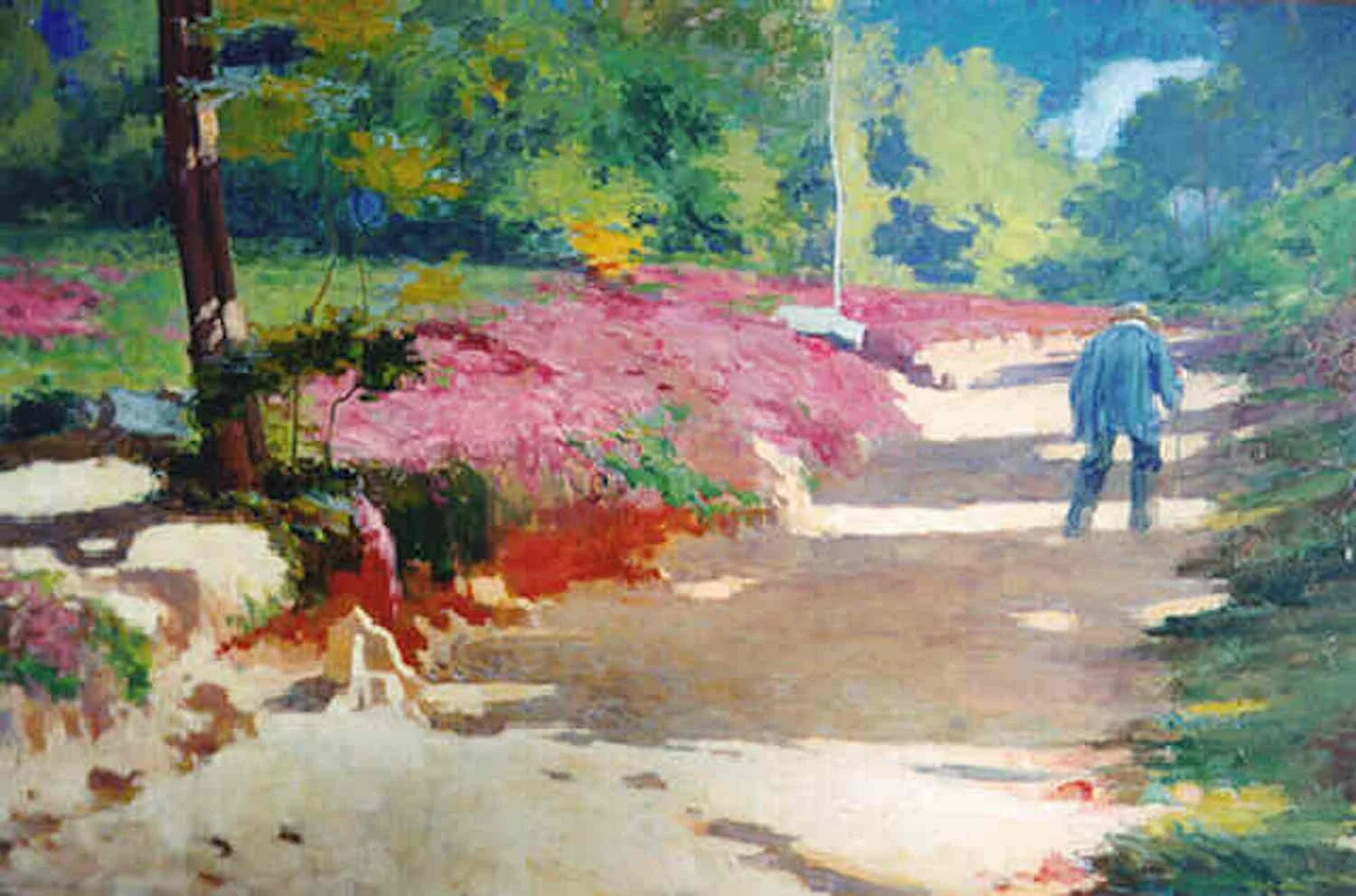The PATH: Time, Reading, and Contemplation
sent by J.W. Bertolotti | January 10, 2022
Welcome to The PATH — a weekly reflection with three timeless insights for daily life.
1. Time
In a letter to Lucilius titled Taking Charge of Your Time, the philosopher Seneca stressed, “assert your freedom.”
According to Seneca, if we do not gather and guard our time, it will be taken away. He urged Lucilius to look closely and notice that life slips away from us when we are not attentive.
Seneca wrote,
Can you show me even one person who sets a price on his time, who knows the worth of a day, who realizes that every day is a day when he is dying? In fact, we are wrong to think that death lies ahead: much of it has passed us by already, for all our past life is in the grip of death.
Nature has put us in possession of this one thing, this fleeting, slippery thing — and anyone who wants to can take it from us wrote Seneca.
How will you remember to guard your most valuable asset — time?
——
2. Reading
In another letter to Lucilius titled A Beneficial Reading Program. Seneca begins by applauding Lucilius, “I am becoming quite hopeful about you.” Although, Seneca warned against focusing on reading widely and made the case for reading well.
Seneca wrote,
Be careful, though, about your reading in many authors and every type of book. It may be that there is something wayward and unstable in it.
To illustrate the point, Seneca used this analogy, “Food does not benefit or become part of the body when it is eaten and immediately expelled.” According to Seneca, we must read from authors of proven worth; and if ever you are inclined to turn aside to others, return afterward to the previous ones.
The letter concludes, searching for wisdom means to “obtain each day some aid against poverty, something against death, and likewise, against other calamities.” When you have rushed through many topics, select one to ponder deeply.
——
3. Contemplation
The philosopher Aristotle called “contemplation the highest form of activity and the most continuous” since we are more capable of continuous contemplation than other practical activities. Similarly, the theologian Thomas Aquinas said it was necessary for the perfection of human society that there should be people who devote their lives to contemplation.
There are many definitions and practices associated with contemplation. However, the most straightforward is — deep reflective thought. The writer and Franciscan priest Richard Rohr (founder of the Center for Action and Contemplation) writes, “The best definition I know for contemplation is as follows: Contemplation is a long, loving look at what really is.” According to Rohr, “contemplation is finding a place where we can receive all of our experiences without repressing anything.”
The Roman Emperor Marcus Aurelius may provide the best example of contemplation in practice. His personal journal, known today as Meditations, has been called one of the greatest works of spiritual and ethical reflection ever written.
Take this passage for example,
Is change something to fear? But can anything happen without change? Is there anything that’s nearer and dearer to universal nature? What about you personally? Can you take a warm bath unless the firewood undergoes a change? Can you be nourished unless your food undergoes a change? Can anything else worthwhile take place without change? So don’t you see that the changes you experience are no different and are similarly necessary to universal nature? — Meditations, 7.18
Although action and contemplation are closely intertwined. We should avoid the trap of viewing contemplation as a productivity hack. Contemplation is a lifelong endeavor with no goal to attain. The practice of contemplation, like virtue — is its own reward.
——
Thank you for reading; I hope you found something useful. If so, please consider sharing it with others.
Each week, we send a short reflection with three insights to help you live your highest good. If you are not a subscriber to The PATH you can sign up here to receive it right to your inbox.
Image credit: Sunlit Path by Dodge (1891)






